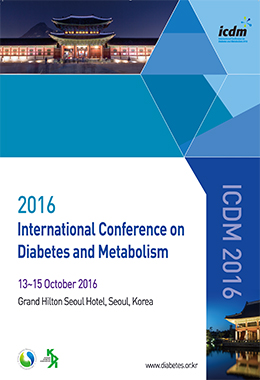Objective: Ileal transposition (IT) is an experimental surgery to investigate the role of distal small intestine in the metabolic benefits of bariatric surgery. The transposed ileum which was relocated into proximal jejunum exposed to altered environments including undigested luminal contents and different microbial compositions. These alterations bring adaptive changes of transposed ileum. We aimed to investigate the adaptation process of transposed ileum and their potential roles in the mechanism of metabolic improvements caused by bariatric surgery.
Methods: We constructed two cohorts of Sprague-Dawley rats. The rats of first cohort underwent either IT or sham operation. After 1 (1-week model) or 4 weeks (4-week model), tissue samples of transposed ileum were obtained and gene expression levels were analyzed using microarray. The rats of second cohort underwent IT operation and histologic examinations of different parts of intestine were done at 4, 8, 12 and 16 weeks after the operation.
Results: Microarray analysis revealed 659 differentially expressed genes (DEGs) in 1-week model and 1133 DEGs in 4-week model. Among them, only 121 DEGs were common. Cell adhesion, angiogenesis and extracellular matrix organization pathways were uniquely enriched in the up-regulated DEGs of 1-week model, whereas inflammatory response, immune response, cytokine signaling and apoptotic signaling pathways were enriched in the up-regulated DEGs of 4-week model. Glucose metabolism and fatty acid beta-oxidation pathways were enriched in down-regulated DEGs of 4-week model. The expression of GLUT2 was highly increased in both 1-week and 4-week models, which implicates increased uptake of glucose by intestinal tissue. In the histologic examination of transposed ileum, villi length was increased in transposed ileum compare to the ileum in situ and this change was consistent throughout 4 to 16 weeks.
Conclusion: The adaptation of transposed ileum was a dynamic process which occurs early in the postoperative period.




